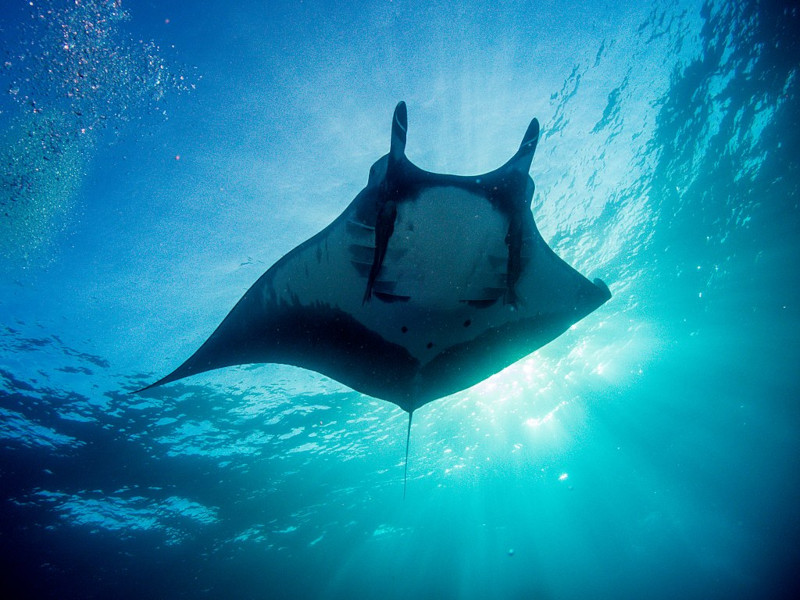
Giant Manta Ray Facts
- Perhaps most notably, the surprising animal typically known by the common name of the Giant Manta Ray remains quite aptly named. This holds true due to the impressive fact that it presently constitutes the largest variety of ray known to exist anywhere on the planet.
- The supremely impressive animal also sometimes goes by the alternate common name of the Giant oceanic manta ray in parts of its range. Its scientific name, meanwhile, remains that of Mobula birostris. By any name, though, it remains a truly remarkable work of Nature.
- The breathtaking species also lists as a member of the Mobulidae Family, in scientific classification. Prior to the year 2017, though, scientists placed it within the genus Manta. Newer DNA testing, however, placed it in the genus Mobula. It therefore received a new name.
- For the moment, the IUCN lists the magnificent Giant Manta Ray as Vulnerable. This rating appears on the organizations’ published Red List of Threatened Species. This highly lamentable ranking further occurs partly due to an notably wide variety of factors, unfortunately.
- These reasons for its situation currently include a recent increase of its targeting in commercial fishing practices, largely due to a rise in its popularity in traditional Chinese medicine. Accidental bycatch also continues to represent a further danger to the magnificent animal.
- This holds true due to the fact that this practice frequently traps large numbers of the amazing species. However, the powerful creature also now faces the same threat all species around the world are dealing with. That’s the ongoing and still escalating threat of climate change.
Related Articles
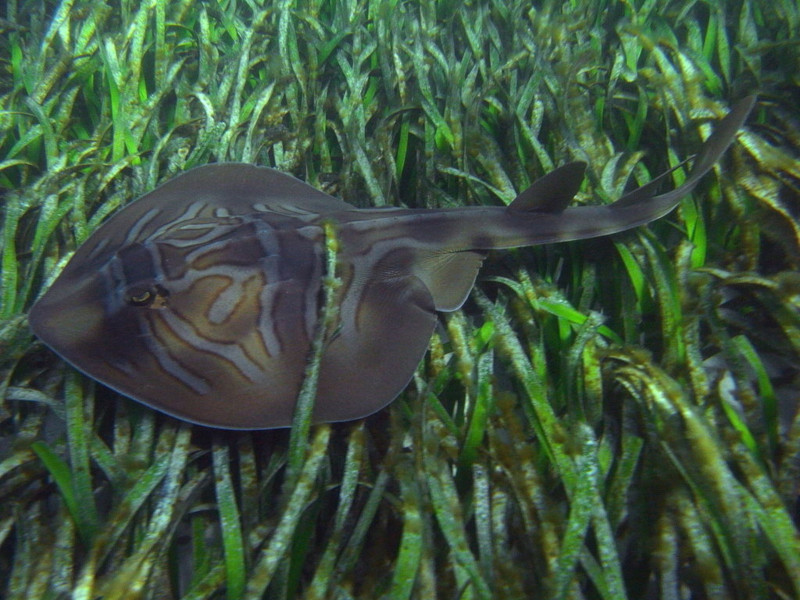
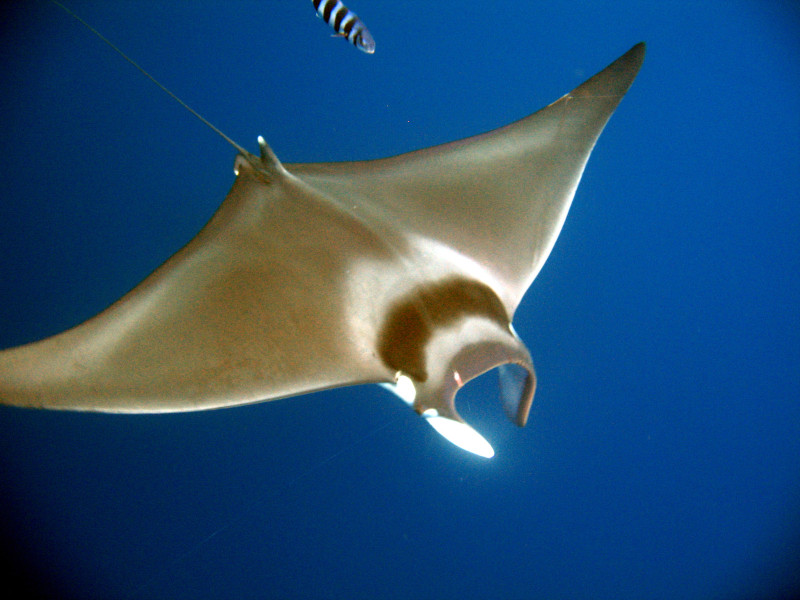
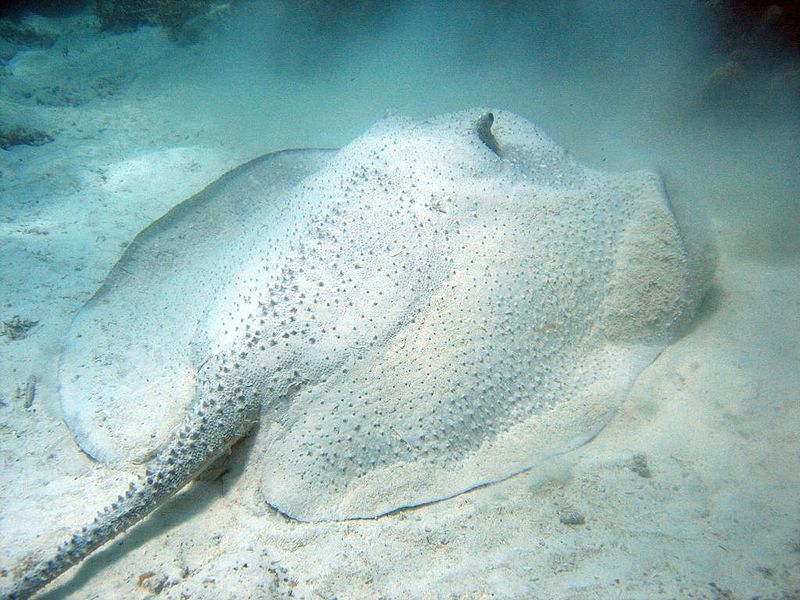
Giant Manta Ray Physical Description
The Giant Manta Ray, like many species around the world, displays a moderate degree of the trait of sexual dimorphism. In the case of this creature, that characteristic presents itself in terms of physical size. That holds true because females of the species tend to be slightly larger.
The female of the species reaches an average span of about 18 – 22.3 ft (5.5 – 6.8 m). The somewhat smaller male attains an average span of roughly 17 – 20 ft (5.2 – 6.1 m). An average weight for both genders remains approximately the same, however. This equals roughly 3,527 lb (1,600 kg).
Yet, exceptional individuals of both genders do occasionally attain a significantly greater size. In fact, one specimen in particular measured 29.9 ft (9.1 m) across the wings. Regardless of size, however, both genders have the same shape. That consists of a flattened, roughly triangular form.
The Giant Manta Ray also possesses smaller fins positioned relatively near the head. These the creature typically keeps rolled up while swimming, though. This intriguing species actually evolved 18 rows of small teeth. The eyes, meanwhile, remain small and sit on the side of the head.
The tail of this wonder of Nature and evolution also grows comparatively long, as well as extremely slender in shape. The upper body of the species most commonly manifests as either black or steely blue. The underbelly of the animal, though, generally displays an off-white to grayish color.
- Kingdom: Animalia
- Phylum: Chordata
- Class: Chondrichthyes
- Order: Myliobatiformes
- Family: Mobulidae
- Genus: Mobula
- Species: M. birostris
Giant Manta Ray Distribution, Habitat, and Ecology
Astoundingly, the Giant Manta Ray possesses an almost global pattern of distribution. That’s because the gorgeous species inhabits nearly all temperate and tropical waters throughout the world. To the north, it appears as far as both coast of the United States, in North America.
In the other Hemisphere, though, this marine wonder appears as far south as both South Africa and New Zealand. Its exact environment, however, appears to vary quite significantly. That’s because some stay closer to shore, while the majority prefer to inhabit areas further out to sea.
However, in all regions in which it appears, the fabulous animal apparently prefers to inhabit markedly shallower waters. In fact, it rarely appears at depths exceeding 394 ft ( 120 m). This fact also separates it from most related of its related species, which prefer greater depths.
The magnificent ly evolved fish also evolved an extraordinary inter-dependency with several varieties of fish known as cleaners. These the ray approaches, and then stays motionless for several minutes. While it does, the cleaners consume the external parasites from the skin of the creature.
It also evolved as a variety of filter feeder by nature. In its case, the animal preys almost exclusively on zooplankton. These the animal strains through its rows of teeth. It also feeds by swimming in vertical loops. This pattern developed as a means of keeping its prey within easy reach.
Most commonly, the attention-grabbing Giant Manta Ray appears to prefer to live a primarily solitary life. On some occasions, thugh, individuals nevertheless group together temporarily. When this happens, members of the species band together in groups of as many as 50 individuals.
Species Sharing Its Range
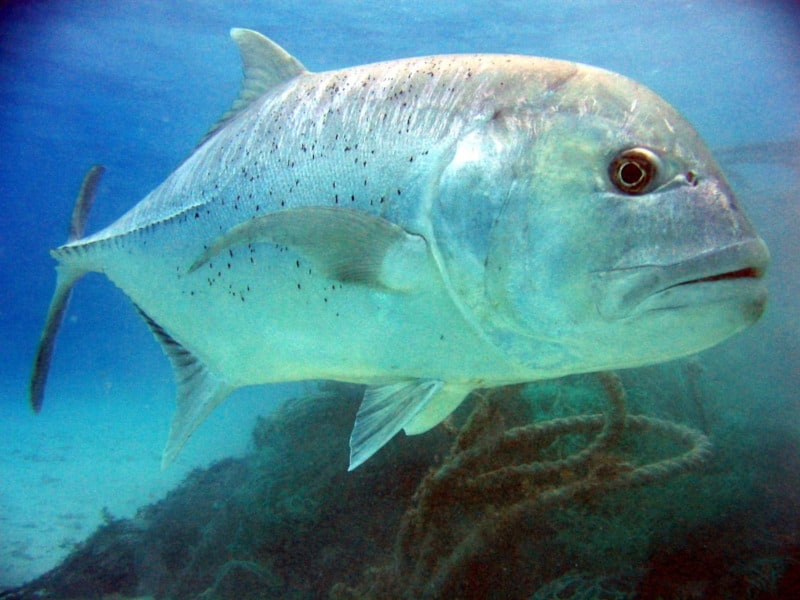
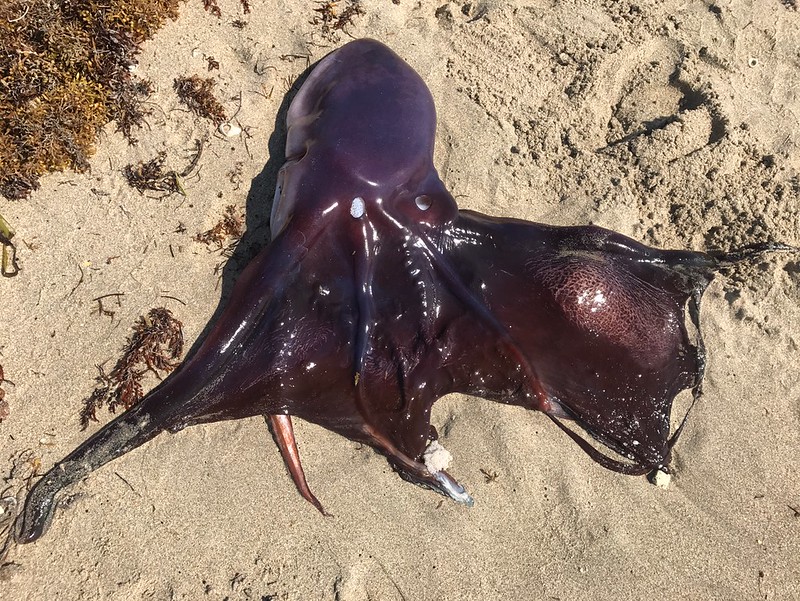

Check out our other articles on 8 South American Geological Marvels, Crowned Eagle, Lake Nakuru, Giant Mesquite Bug, Leatherback Sea Turtle, Lady’s Slipper Orchid, Numbat, Fire Salamander
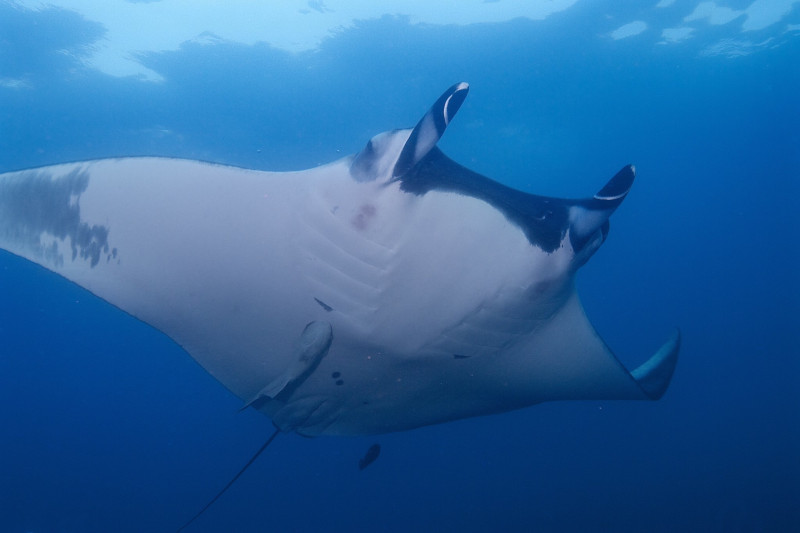
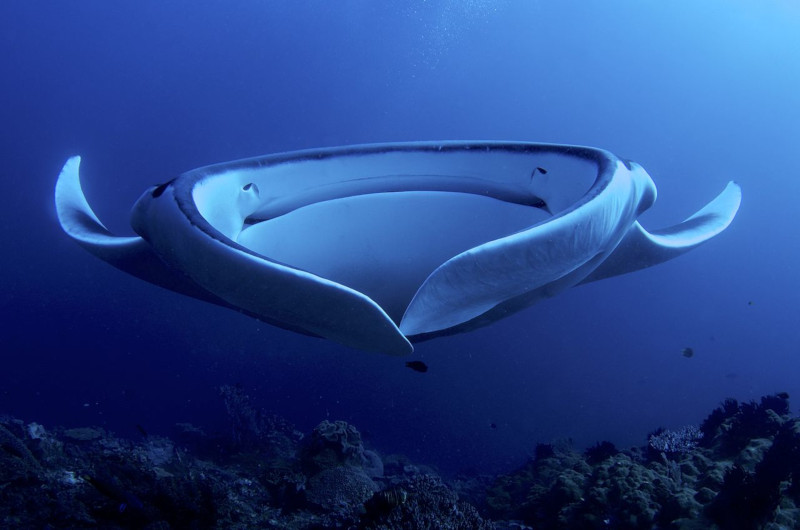









Leave a Reply